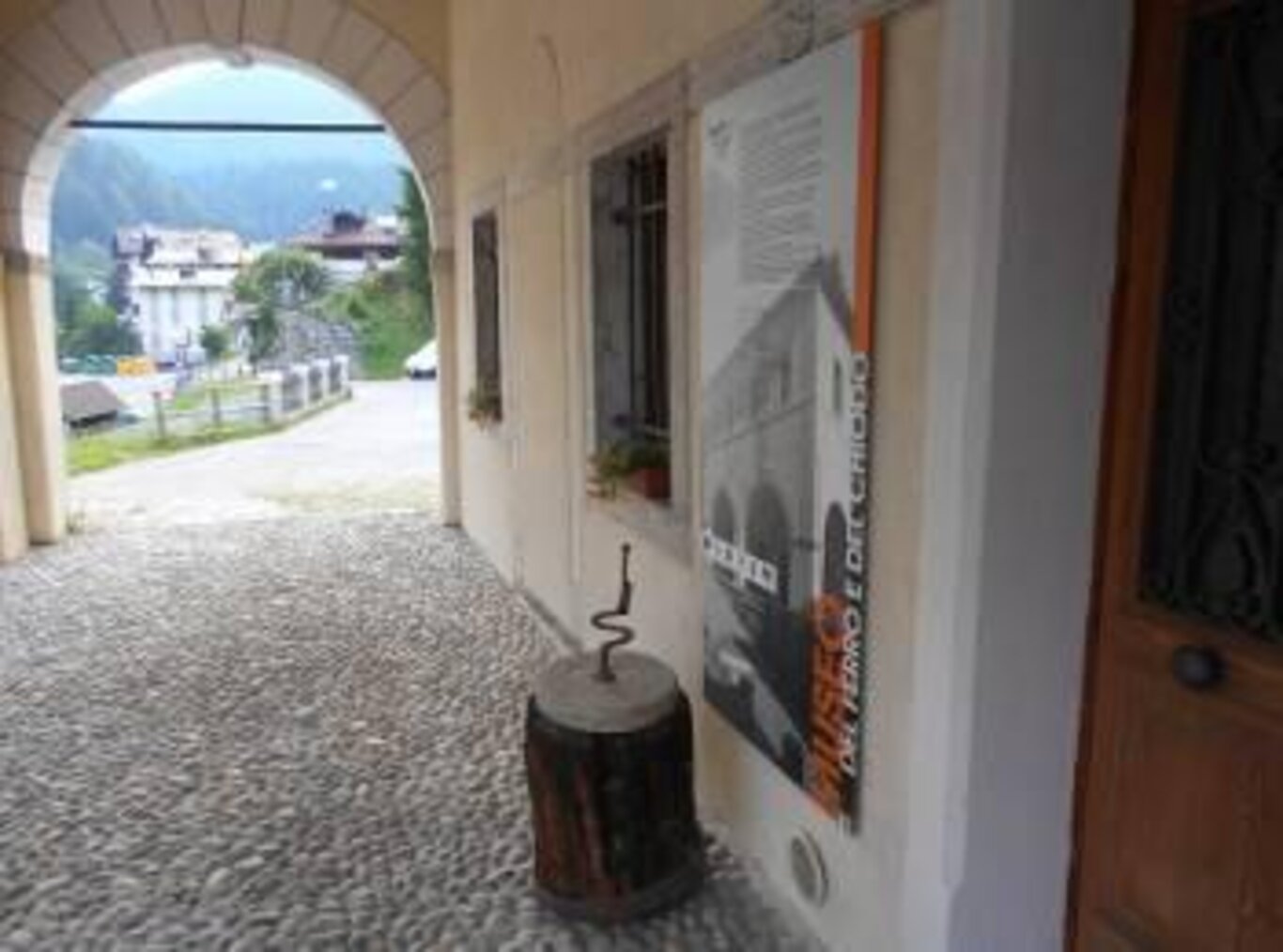Dedicated to Giovanni and Andrea Angelini, authors of numerous studies on the history of metallurgy in Val di Zoldo, the Museum of Iron and Nail is set up in the halls of the ancient palace of the Capitaniato.
Until the fall of the Venetian Republic, the building was the seat of capitanio, i.e. the representative of the Serenissima in the zoldano territory, in charge, in particular, of public order and military practices.
In 1480 it was decided to "build a loggia" for the capitanio; the city of Belluno contributed offering one hundred ducats for its erection.
In 1589 the capital offered a significant amount of money to ‘renovate’ the building but, later, it was decided to erect a new building ‘in another location higher than Maè’, still existing in the church of Saint Francis.
The exhibition, divided into thematic sections, provide evidence of the mining and metallurgical activities that characterized the historical economy of the valley, considering, in particular, the decades between nineteenth and twentieth centuries, a period in which the production of the local blacksmiths became so important to be considered a real industrial activity.
Photographs, drawings, reproductions of archival documents illustrate the phases of extraction, melting and transformation of minerals into metal, thus providing a glimpse of the workplaces and life of workers.
Utensils made in iron, nails, shoe studs attests the expertise of a craftsmanship, well known throughout the Venetian territory.
The final section of the exhibition is dedicated to the trade of metallurgy products of Zoldo carried out, since ancient times, on the back of mules along the Maè channel.
Overlooking the Museum of Iron and Nail and the square of Forno there is the church of San Francis.
